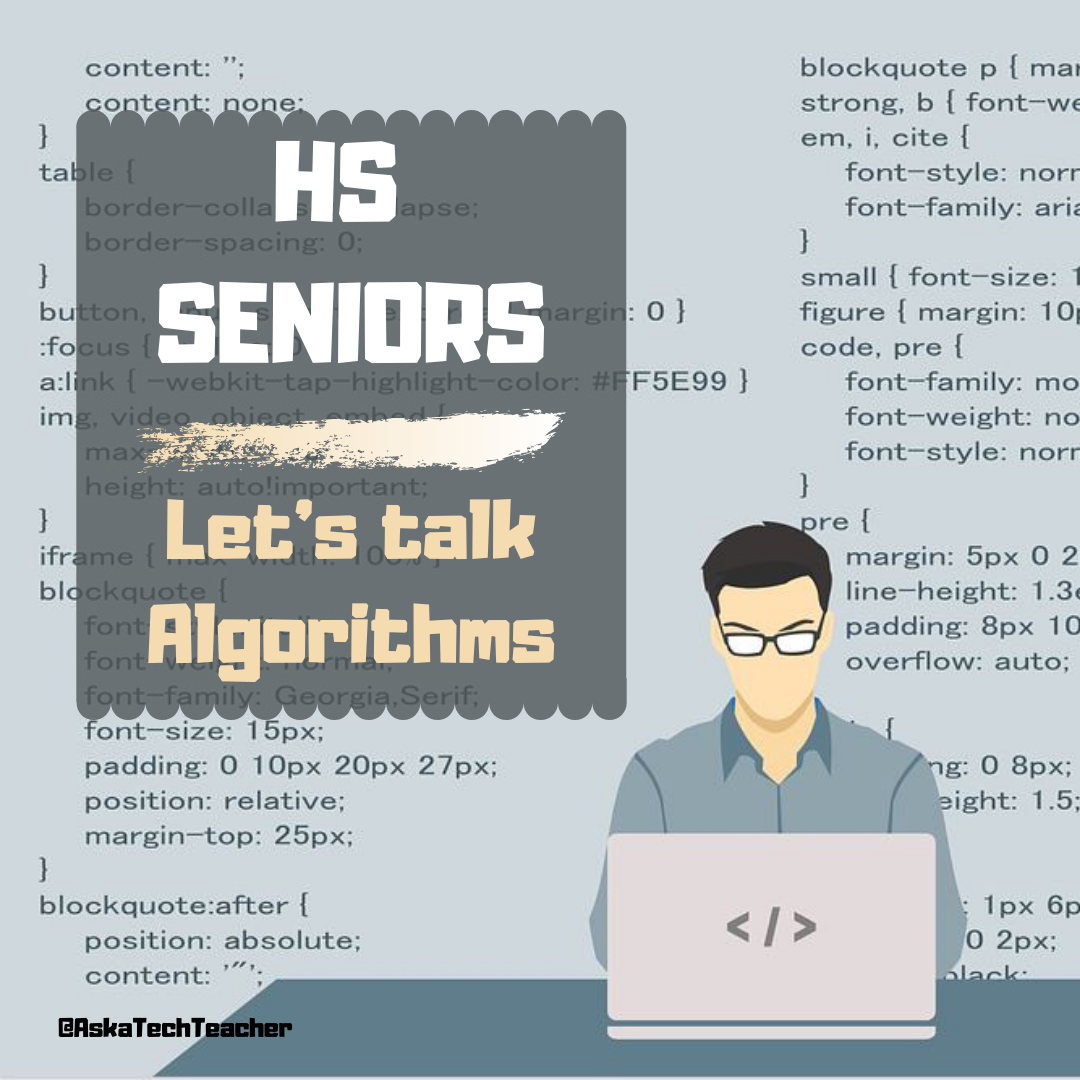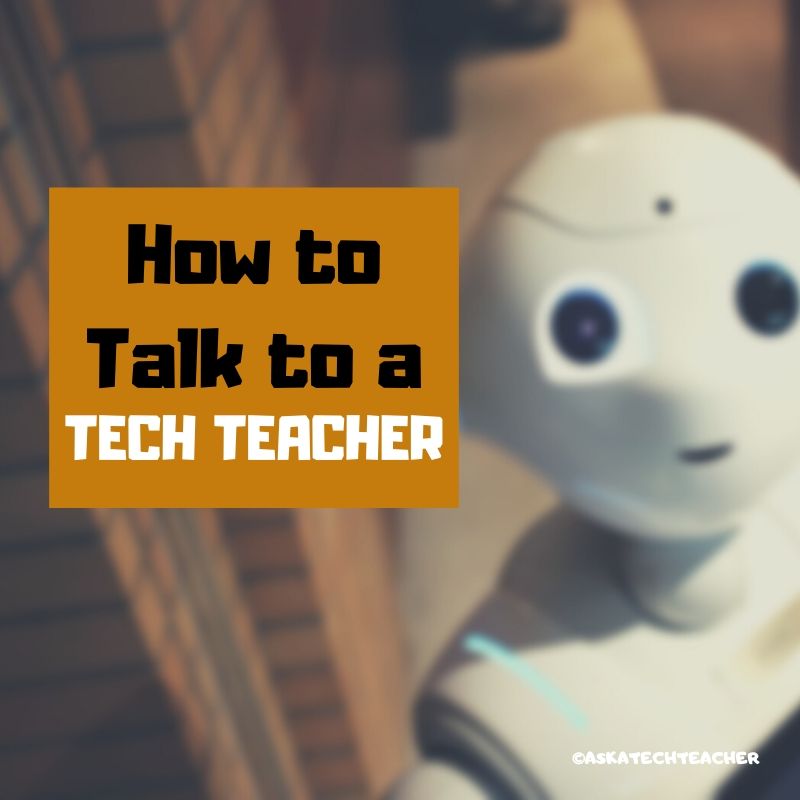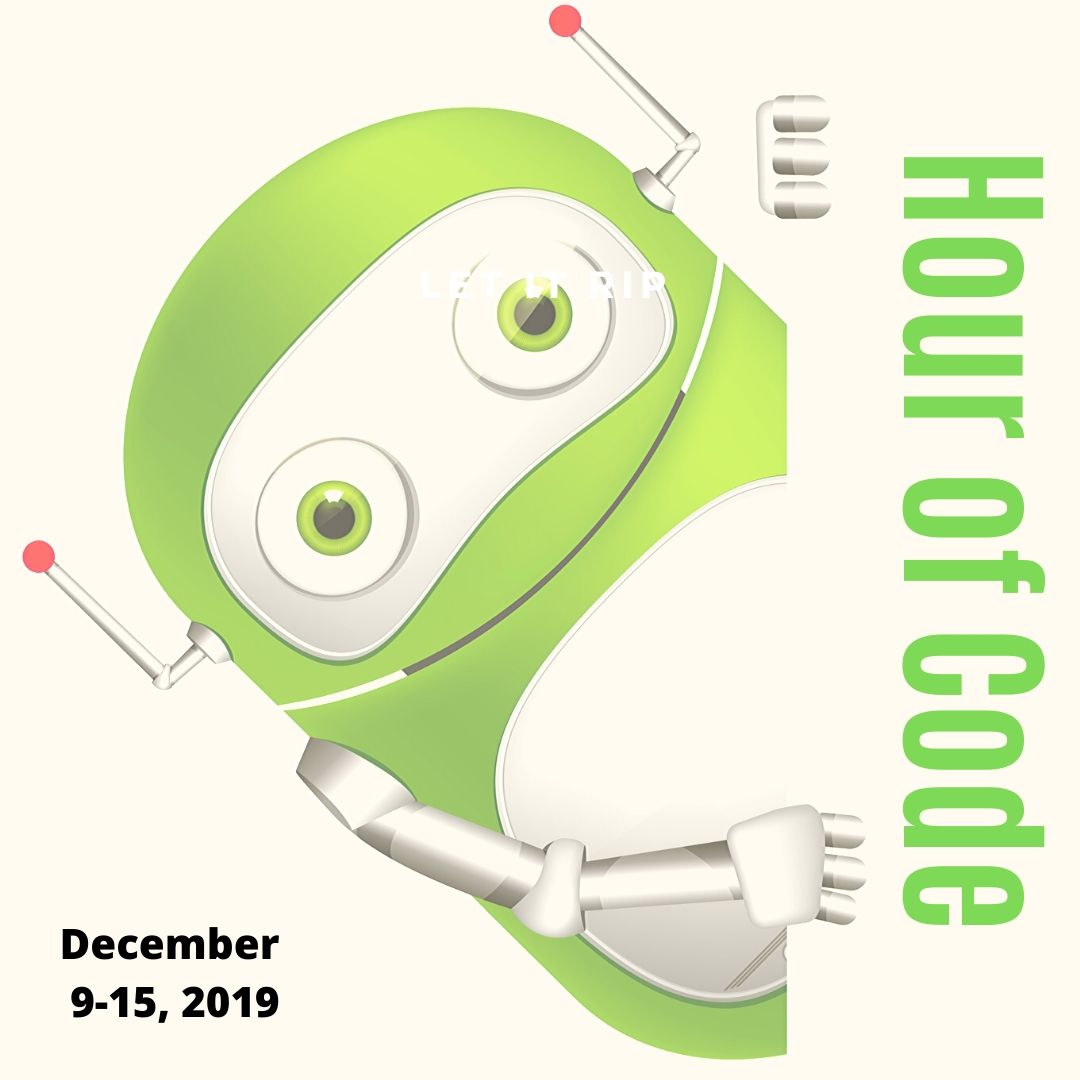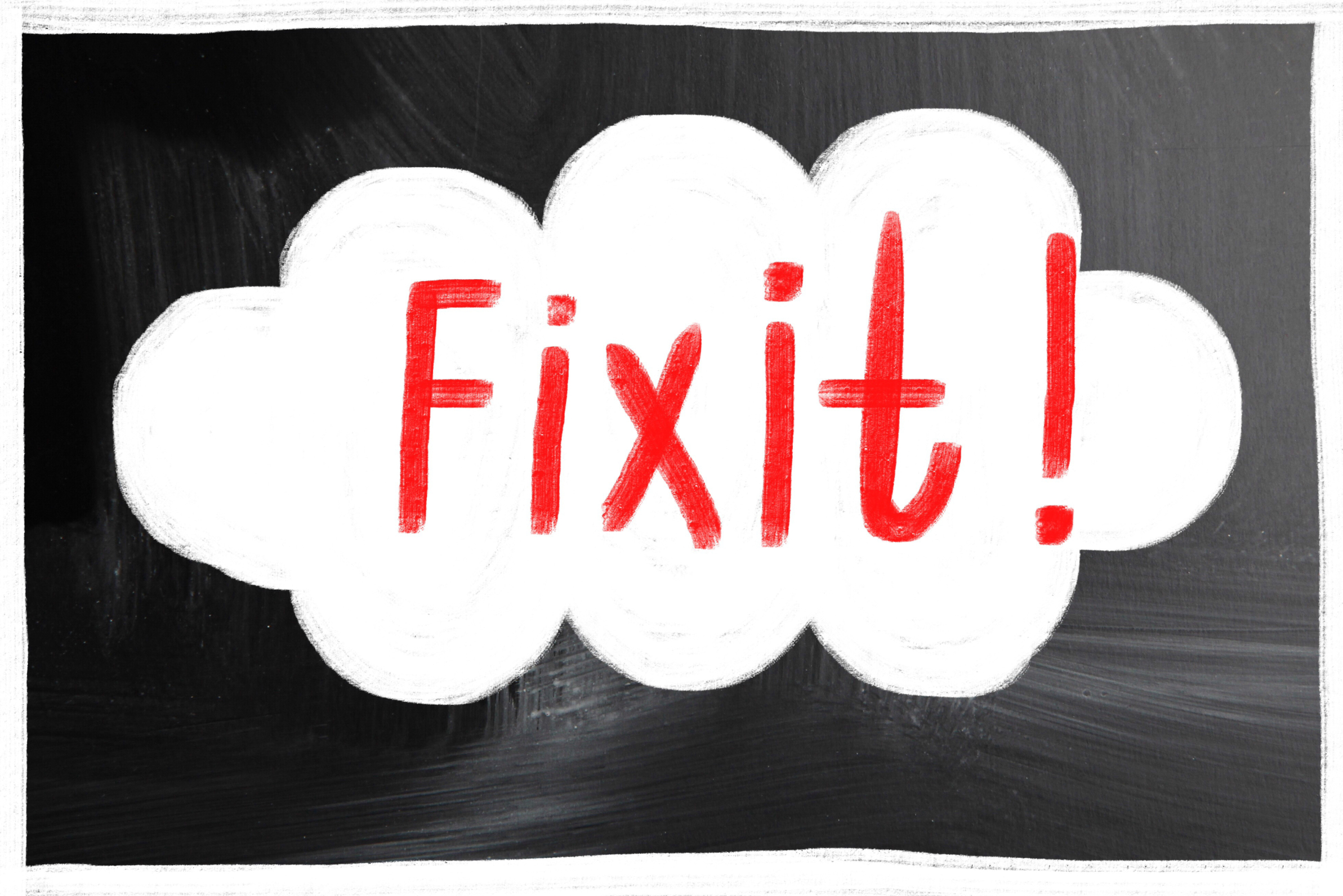Category: Critical thinking
Hour of Code? Here’s why to participate
December 7-12th, 2020, Computer Science Education will host the Hour Of Code–a one-hour introduction to students on coding, programming, and why they should love it, designed to demystify “code” and show that anyone can learn the basics to be a maker, a creator, and an innovator. Coding is that mystical geeky subject that confounds students and teachers alike. It feels like:
When it should feel like:
Share this:
HS Seniors: What do you know about Search Engine Algorithms?
As High School seniors prepare to graduate, many will choose something about computers for their job or continued studies. Here’s a great overview from an Ask a Tech Teacher contributor of what one of those fields–working with the powerful algorithms that drive search and research–is about:
What are search engine algorithms?
For many students who are approaching school leaving age, they will already have decided the career path which they wish to take. Not surprisingly, given the role it plays in our everyday lives, many choose to pursue a career in IT. Of course, this is an incredibly broad topic. Still, in this article, we will focus predominantly on aspects relating to websites, moreover, how they can help to achieve business goals and other objectives.
As an international school in Hong Kong, we do all we can to prepare our students for going out into the workplace. Our various IT classes cover a wide range of topics with web development, e-commerce and SEO all being covered to some degree. Indeed, it is three areas, which are all interlinked, where most students wish to work, understanding the professional opportunities that are likely to present themselves. However, for a website to fulfil its potential, it must satisfy the needs of search engine algorithms.
What is an algorithm?
Algorithms are not a new phenomenon and have been used as a part of mathematics for thousands of years. They are often mistaken for being a formula but are in actual fact a series of different formulas or ingredients. They are often likened to preparing a meal for a large group. However, the meals may essentially be the same; different people like it to be cooked differently. Some people might want their meat cooked rare while others like it well done, some like salt, some like pepper, and so on. The algorithm means that a different formula is required for each person.
Share this:
What is Constructivism and How Does it Fit Your Class?
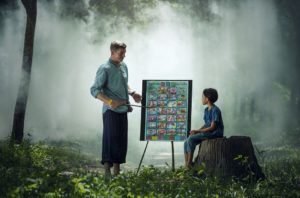 Constructivism is a student-centered philosophy that emphasizes hands-on learning and active participation in lessons. Constructivists believe that learning is an active process so the most effective way to learn is through discovery. With hands-on activities, learners actively create their own subjective representation of objective reality. Because new information is blended into prior knowledge, the result is – of course – subjective, heavily dependent upon the personal lens of each learner. That, in turn, is dependent upon their society, culture, past knowledge, personal experiences, and more.
Constructivism is a student-centered philosophy that emphasizes hands-on learning and active participation in lessons. Constructivists believe that learning is an active process so the most effective way to learn is through discovery. With hands-on activities, learners actively create their own subjective representation of objective reality. Because new information is blended into prior knowledge, the result is – of course – subjective, heavily dependent upon the personal lens of each learner. That, in turn, is dependent upon their society, culture, past knowledge, personal experiences, and more.
Learning is constructed, not acquired, and is based on the fullness of a person’s individual lifetime of learning. It is continuously tested as new ideas are added, either causing long-held beliefs to evolve or be replaced.
Constructivism is not a pedagogy or a theory. It is a mindset — a way of thinking used to guide learners.
Share this:
How to Talk to a Tech Teacher
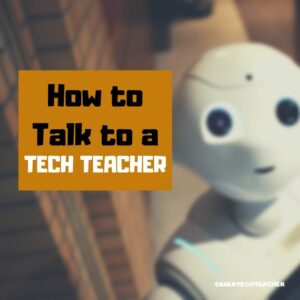 There’s always been something mystical about people in technical professions–engineering, science, mathematics. They talk animatedly about plate tectonics, debate the structure of mathematical functions, even smile at the mention of calculus. The teaching profession has their own version of these individuals, called ‘technology teachers’. They used to be stuffed in a corner of the school where most teachers could pretend they didn’t exist, that what they did was for ‘some other educator in an alternate dimension’.
There’s always been something mystical about people in technical professions–engineering, science, mathematics. They talk animatedly about plate tectonics, debate the structure of mathematical functions, even smile at the mention of calculus. The teaching profession has their own version of these individuals, called ‘technology teachers’. They used to be stuffed in a corner of the school where most teachers could pretend they didn’t exist, that what they did was for ‘some other educator in an alternate dimension’.
That all changed when technology swept across the academic landscape like a firestorm:
- iPads became the device of choice in the classroom
- Class screens became more norm than abnorm(al)
- Technology in the classroom changed from ‘nice to have’ to ‘must have’
- 1:1 became a realistic goal
- Students researched online as often as in the library
- Students began spending as much time in a digital neighborhood as their home town
- Textbooks morphed into resources rather than bibles
Today, teachers who don’t use technology are an endangered species. Often, they’re too young to retire, so they get a digital map from a colleague to that place where they’ve been told they’ll find help–from a person variously called the ‘tech teacher’, ‘integration specialist’, or ‘tech coordinator’.
As they enter the room, they figure the person they’re looking for must be the one who looks up as they enter, fingers flying across the keyboard, never pausing and never slowing even as she smiles and says, ‘Hi!’.
Before you ask your question, I have a short list of signs that will help you have a more positive experience when you confront this big-brained Sheldon-look-like:
- You can’t scare them (in fact, even Admin and politics don’t frighten them). They’re techies. Try kindness instead.
- Patience and tech are oxymorons. Know that going in.
- Bring food. Techies often forget to eat, or ate everything in their snack stash and need more.
- Some days, tech looks a lot like work. Distract them with an interesting problem.
- Start the encounter with a discussion on Dr. Who, Minecraft, or Big Bang Theory. Find a clever tie-in to your topic.
- Understand that tech teachers often think trying to teach teachers to tech is like solving the Riemann Hypothesis (many consider it impossible). Bone up on basics before the Meeting.
- Life after the 100th crashed computer is what Oprah might call a life-defining moment. If that just happened as you walked through the door, turn around and come back another time.
- Understanding a techie who’s in the zone is like understanding the meaning of life. Again–leave the room; come back later.
Share this:
4 Unplugged Activities for Hour of Code
Hour of Code is a time when teachers show students why they should love-not-fear coding and students find out that these activities — often seen as geeky or impossible — aren’t. They’re actually fun.
Every year in preparation for December, I post lots of coding activities that students can complete with their computers, on the Internet, or using iPads, but this year, I want to do something different. Let’s go back to the roots of coding. The idea started as a clever way to teach students to think critically and problem-solve. The easiest way was to gamify coding, put students on a digital device they loved, and set them free. One hour, according to Hour of Code, would show them that deep thinking was fun and problem-solving was exhilarating.
I happen to agree. Some of my most gratifying moments are when I accomplish the impossible, unravel a Mobius Strip-like problem, or force myself to do what I’ve never before done. Hour of Code does that every year for oh many students. But here’s my issue: Too often, kids forget that the goal is to practice critical thinking and problem solving, not pursue a career in programming.
This year, I want to reinforce that goal by stepping away from technology. I want students to recognize that these skills — critical thinking and problem-solving — apply to any part of life, even without a computer, iPad, or smartphone in hand. All kids need is their brain which happily, every child carries with them.
Here are some of my favorite unplugged activities:
Share this:
Websites for Hour of Code by Grade
This December will again host the Hour of Code, a one-hour introduction to programming designed to demystify the subject and show that anyone can be a maker, a creator, and an innovator. Last year, almost 300,000 students (age 4-104) participated from over 180 countries and wrote almost 20 billion lines of code. The 200,000+ teachers involved came away believing that, of all their education tools, coding was the best at teaching children to think. It’s easy to see why when you look at fundamental programming concepts:
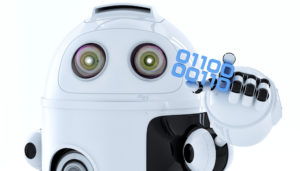
- abstraction and symbolism – variables are common in math, but also in education. Tools, toolbars, icons, images all represent something bigger
- creativity – think outside the box
- if-then thinking – actions have consequences
- debugging – write-edit-rewrite; try, fail, try again. When you make a mistake, don’t give up or call an expert. Look at what happened and fix where it went wrong.
- logic – go through a problem from A to Z
- sequencing – know what happens when
If you’re planning to participate in Hour of Code, here are a series of activities — broken down by grade — that will kickstart your effort. They can be done individually or in small groups.
Share this:
10 Unusual Projects for Hour of Code
 Coding–that geeky subject that confounds students and frightens teachers. Yet, kids who can code are better at logical thinking and problem solving, more independent and self-assured, and more likely to find a job when they graduate. In fact, according to Computer Science Education, by 2020, there will be 1.4 million coding jobs and only 400,000 applicants.
Coding–that geeky subject that confounds students and frightens teachers. Yet, kids who can code are better at logical thinking and problem solving, more independent and self-assured, and more likely to find a job when they graduate. In fact, according to Computer Science Education, by 2020, there will be 1.4 million coding jobs and only 400,000 applicants.
December 3-9, 2018, Computer Science Education will host the Hour Of Code–a one-hour introduction to coding, programming, and why students should love it. It’s designed to show that anyone can learn the basics to be a maker, a creator, and an innovator. Here are ten unusual projects (each, about one hour in length) you can use in your classroom to participate in this wildly popular event:
- Alt Codes
- Animation
- Coding with pixel art
- Human robot
- Human algorithm
- IFTTT
- Macros
- QR codes
- Shortkeys
- Wolfram Alpha widgets
Share this:
What to do when you lose a digital document
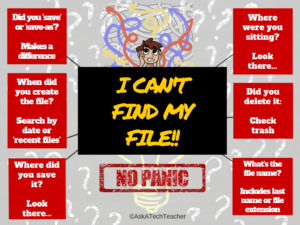 With classwork and homework now heavily digital, the days of “the dog ate my homework” are gone. It’s simple to track, isn’t it? It’s right on the student’s LMS account or in their digital portfolio, somewhere in the cloud.
With classwork and homework now heavily digital, the days of “the dog ate my homework” are gone. It’s simple to track, isn’t it? It’s right on the student’s LMS account or in their digital portfolio, somewhere in the cloud.
Maybe. But the latest excuses are even more frightening — “Someone stole it from my digital file” or “The cloud ate it”. Every adult I know (myself included) has lost a critical, time-sucking digital file. It was saved wrong or got corrupted or simply vanished. The reason doesn’t matter. All that matters is that a week’s worth of work is now forever-gone.
Saving work correctly on a digital device isn’t as easy as it sounds. There’s a learning curve to knowing where to save, how to do that correctly, and then ultimately how to retrieve it. It can be especially complicated for students who use a different digital device at home than the one they use at school. Sure, it’s pretty easy if saved to a school-centric cloud account (like Google or One Drive) but that’s not always the case. If students use an online webtool, their work could be saved in that webtool’s server or as a link rather than a file.
Most kids learn how to properly save/retrieve digital files by suffering a painful experience. Before that happens, teach them this first place to look when save fails and they must search for it:
- Go to the digital device’s general Search field. This will find the file if it’s on that digital device or any drive connected to it.
- Search for the exact name or whatever part of the name is known. If you’ve taught students to always include their last name in a filename, they will now thank you!
- If they don’t know the file name but do know the file extension (maybe it was created in Google Docs or Excel), search for that using the general search term: *.[extension]. In this case, * is a general search term and replaces the file name. If they don’t even have that much information, look down this page under “When did you create the file?” for help.
I start students saving their own files and understanding what that means as soon as they create work on a digital device they want to be able to find at a later date. I start very (very) simply and scaffold year to year. When they can’t find a project, here are six questions they can ask themselves:
A note before starting: Don’t answer these for students. Let them experience the thrill of critically thinking through how to solve this problem successfully.
Where did you save it?
Most programs have a default location where files are saved. This may be preset by the school (or parents) or it may be the system default. Where is that? If the student doesn’t know, this is a good time to have them ask that question.
Share this:
Fake News or Fact? How do you tell?
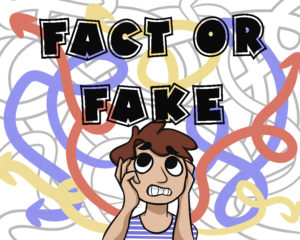 Keeping up with national and international events was a lot easier when all the news came from one of three major TV news outlets and a few newspapers like The New York Times. Now, there are dozens of channels, hundreds of newspapers, thousands of bloggers, and tens of thousands of social media journalists — all trying to get your attention with the latest apocalyptic news flash. Stories based on gossip as much as fact used to be designated Yellow Journalism. Now, in what has been called a post-truth society (defined by Oxford Dictionary as “relating to or denoting circumstances in which objective facts are less influential in shaping public opinion than appeals to emotion and personal belief”), it is the reader’s responsibility to differentiate between fact and fake news.
Keeping up with national and international events was a lot easier when all the news came from one of three major TV news outlets and a few newspapers like The New York Times. Now, there are dozens of channels, hundreds of newspapers, thousands of bloggers, and tens of thousands of social media journalists — all trying to get your attention with the latest apocalyptic news flash. Stories based on gossip as much as fact used to be designated Yellow Journalism. Now, in what has been called a post-truth society (defined by Oxford Dictionary as “relating to or denoting circumstances in which objective facts are less influential in shaping public opinion than appeals to emotion and personal belief”), it is the reader’s responsibility to differentiate between fact and fake news.
What is fake news?
Here are two definitions of fake news:
“false stories that appear to be news, spread on the Internet or using other media, usually created to influence political views or as a joke” — Cambridge English Dictionary
“a type of yellow journalism or propaganda that consists of deliberate disinformation or hoaxes spread via traditional print and broadcast news media or online social media.” — Wikipedia
In layspeak:
“Fake news is information reported as fact without reliable evidence, trustworthy sources, and/or proper vetting” — Jacqui Murray
Sounds like something every thinking person would want to avoid but a recent Stanford Graduate School of Education report shows that 80-90% of high school students had difficulty judging the credibility of news. So how do we teach students to know the difference?
Share this:
Hour of Code Lesson Plans by Grade
 This December will again host the Hour of Code, a one-hour introduction to programming designed to demystify the subject and show that anyone can be a maker, a creator, and an innovator. Last year, almost 300,000 students (age 4-104) participated from over 180 countries and wrote almost 20 billion lines of code. The 200,000+ teachers involved came away believing that, of all their education tools, coding was the best at teaching children to think. It’s easy to see why when you look at fundamental programming concepts:
This December will again host the Hour of Code, a one-hour introduction to programming designed to demystify the subject and show that anyone can be a maker, a creator, and an innovator. Last year, almost 300,000 students (age 4-104) participated from over 180 countries and wrote almost 20 billion lines of code. The 200,000+ teachers involved came away believing that, of all their education tools, coding was the best at teaching children to think. It’s easy to see why when you look at fundamental programming concepts:
- abstraction and symbolism – variables are common in math, but also in education. Tools, toolbars, icons, images all represent something bigger
- creativity – think outside the box
- if-then thinking – actions have consequences
- debugging – write-edit-rewrite; try, fail, try again. When you make a mistake, don’t give up or call an expert. Fix it.
- logic – go through a problem from A to Z
- sequencing – know what happens when
If you’re planning to participate in Hour of Code, here are activities by grade that will kickstart your effort. They can be done individually or in small groups.




